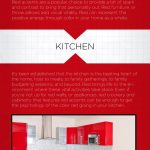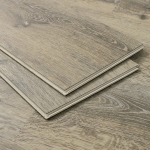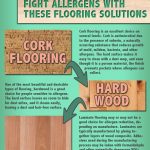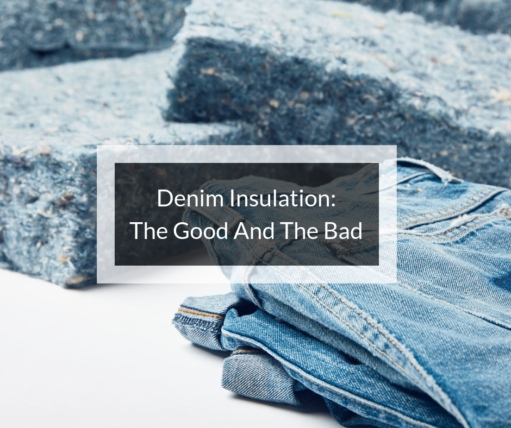
Post industrial and post consumer denim and cotton are recycled into insulation. Is it the best choice for you? Here are some thoughts to consider.
***
Insulation in any form is an eco-friendly option. When installed correctly, it cuts energy bills, saving you money and preserving natural resources. Insulation also reduces the amount of fossil fuels we use to stay warm in winter and cool in summer.
Not only is insulation good for the environment, it is also good for your well being. It helps deaden the sound in a building, so you have proper privacy in each room. There are also less echos in a well-insulated building. Certain insulation types have health benefits as well! They don’t off-gas formaldehyde, glue, toxic propellants, or other carcinogenic fumes. The cleaner the insulation, the better the quality of indoor air.
Renewable Insulation
As the construction industry moves away from toxic materials and closer to eco-friendly materials, insulation has not been left out. Builders are experimenting with cellulose (shredded newspaper), sheep’s wool, hemp, and denim insulation.
There is a lot of textile waste in this country. Denim and cotton scraps from the mills and leftover clothes from retailers are being recycled into denim insulation. It’s an environmental benefit to keep it out of the landfills.
Organizations that take clothing donations also have a surplus of textiles, which get recycled as many products. As long as people wear clothes, there will be a seemingly endless supply of fabric for insulation, making it a renewable product.
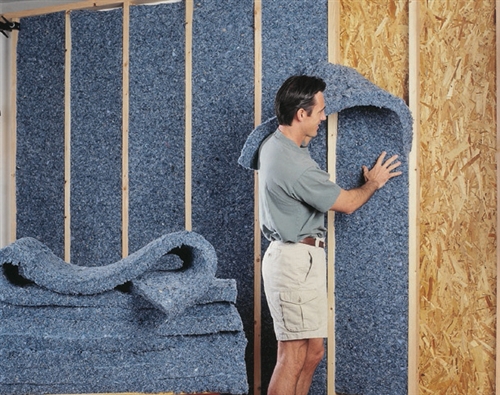
Benefits of Denim Insulation
Denim insulation is actually a combination of recycled jeans and post-industrial denim and cotton, not just denim alone. The fabric is shredded and treated with boric acid to make it flame retardant, and insect, pest, and mildew resistant.
It comes in easy to install batts for walls, and loose fill is available for blowing into attics, crawl spaces, and existing walls. Denim insulation performs as well as fiberglass and cellulose with an average R-value of 3.5 per inch. It can be used to achieve LEED certification.
It contains no formaldehyde, and it doesn’t have tiny, itchy fibers to irritate your skin and lungs, like fiberglass does. Denim insulation can be twice as expensive as fiberglass, but it’s an easy and non-toxic DIY project, saving you money on a contractor. Its durability will also stretch your dollars over many years.
Disadvantages of Denim

Although manufacturers say denim batts are standard size, reviews I found said that’s not quite accurate. They might be an inch too wide, but any time you have to compress insulation into a cavity, it loses its effectiveness. The air pockets inside the batts create its insulating properties. Compressing them squashes those air spaces and reduces the R-value.
Batts may also be compressed into a roll for shipping. They may not bounce back to their original thickness stated on the packaging, further reducing their effectiveness.
Some installers say it’s hard to cut to fit into standard wall cavities. An accurate cut is important for an air-sealing fit.
Denim requires a vapor barrier, which is an extra expense. If it gets wet, it gets heavy, packs down, and takes a long time to dry out.
Like I said earlier, it’s more expensive than other insulation applications. I have seen anywhere from 20% to 3 times more than the cost of other products for the same R-value.
Making the Right Decision for You
As with anything doing with the environment, there are trade-offs and personal decisions to be made. Maybe you are adamant about recycling and keeping as much out of the landfill as possible. The extra cost doesn’t matter to you.
Perhaps, as a DIYer, you had a bad experience installing fiberglass (I have!), which would make the ease and comfort of denim insulation appealing.
Maybe you are put off by the cost and ultimately choose something else.
Do your homework, and make decisions based on your values and your budget. Be sure to check your area’s building codes, too. That might help you with an informed decision.

